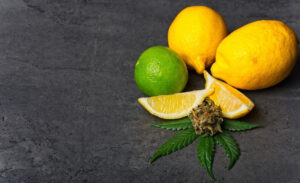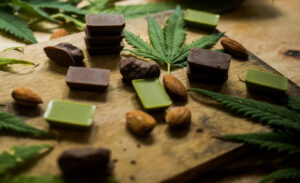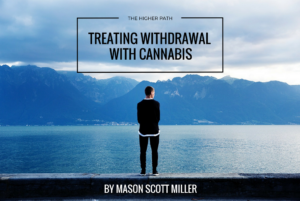Since opening our doors back in 2013, we’ve seen quite a few cannabis trends come and go. Whether cannabis tourism or cannabis food trucks stick it out in the long run remains to be seen, but we’re betting that microdosing is here to stay.
When so many cannabis fans are after increased potency, many wonder why you would deliberately seek out a cannabis experience you can barely even feel. But for those of us interested in integrating the cannabis plant’s many health benefits into our daily practices in a gentle, subtle and sustainable way, microdosing may actually be the way of the future.
What is Microdosing Cannabis?
Microdosing simply means taking a “subperceptual” dose of a medicine, meaning that, ideally, you’re not even aware of its effects. Many medicines can be microdosed. iIn some communities, microdosing psychedelics has become quite the hot topic.
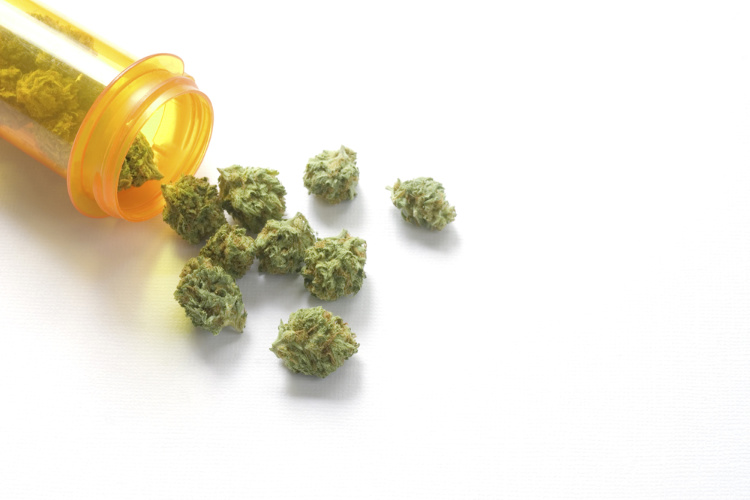
At this stage in the game, the cannabis plant’s many health benefits—relief from pain, anxiety, insomnia and a host of other symptoms and chronic conditions—are beyond dispute. But many people find the psychoactivity associated with THC to be distracting at the workplace or during daylight hours. Microdosing presents a solution. While it may not bring quick relief of full-on symptoms like acute pain, many microdosers report it’s a gentle and most of all sustainable way to address low-level, day-to-day symptoms. And while authoritative studies are woefully lacking, many fans feel that microdosing helps improve their overall outlook and mood.
What Is Microdosing Cannabis Good For?
Three issues of particular interest to microdosers are pain management, insomnia, and anxiety. Here’s what we currently know.
When it comes to fighting pain, the assumption is that taking more painkillers leads to greater reduction of pain. But in a 2012 study, patients were given nabiximols, an oral spray containing low doses of THC and CBD, the two most prominent cannabinoids. One takeaway from the study was that patients taking the lowest doses of cannabinoids actually experienced the greatest reduction in pain.
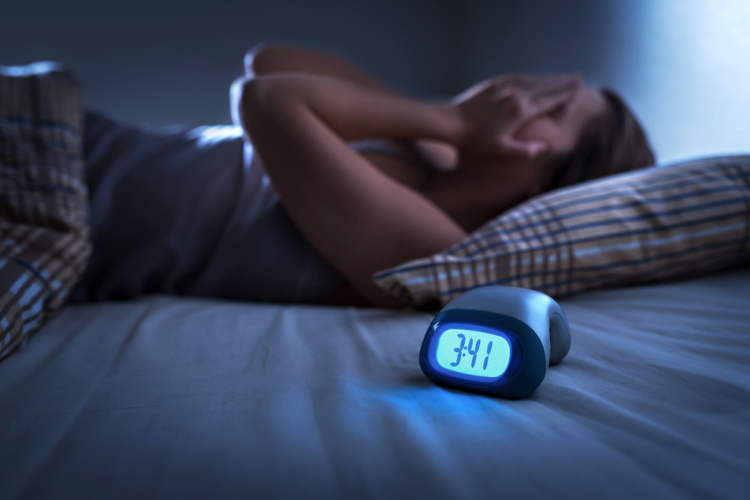
As for insomnia—the inability to fall or remain asleep—cannabis is already generally accepted as a safe and effective remedy. But there’s a potential issue: Some users report that even moderate doses of cannabis at bedtime lead to fuzziness the next morning.
While there are no current sleep studies focusing specifically on microdosing cannabis, anecdotally, many patients report that microdosing a little before bedtime delivers all the effects of a full-strength dose but without the next day’s “hangover.”
And when it comes to anxiety, a 2014 study found that a synthetic cannabinoid was effective in treating PTSD, a condition which shares many characteristics with anxiety. As with the pain study we referenced earlier, it appears that maintaining low doses was an important factor in patients’ success.
How to Microdose Cannabis
One issue with microdosing is finding a low enough dose. Though the exact dosage varies from person to person, a starting point of roughly 2.5mg of cannabinoids is common. Even a small puff from a vape pen might be too strong to qualify as a microdose, although with practice it can be done.
That’s one reason we’re fans of tinctures. They’re pure, reasonably fast-acting, and best of all sold in carefully measured and labeled containers.
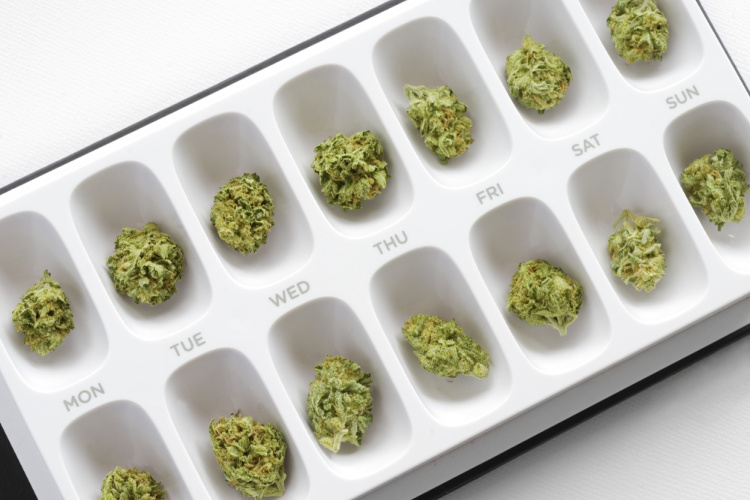
One other important note: If you’re experimenting with microdosing, we suggest you cease your “regular” cannabis use. According to experts such as Dr. Dustin Sulak, even a break of 48 hours should give your Endocannabinoid System the opportunity to reset.
Want to learn more about microdosing cannabis? Stop by our Sherman Oaks dispensary and our budtenders will be glad to help!

